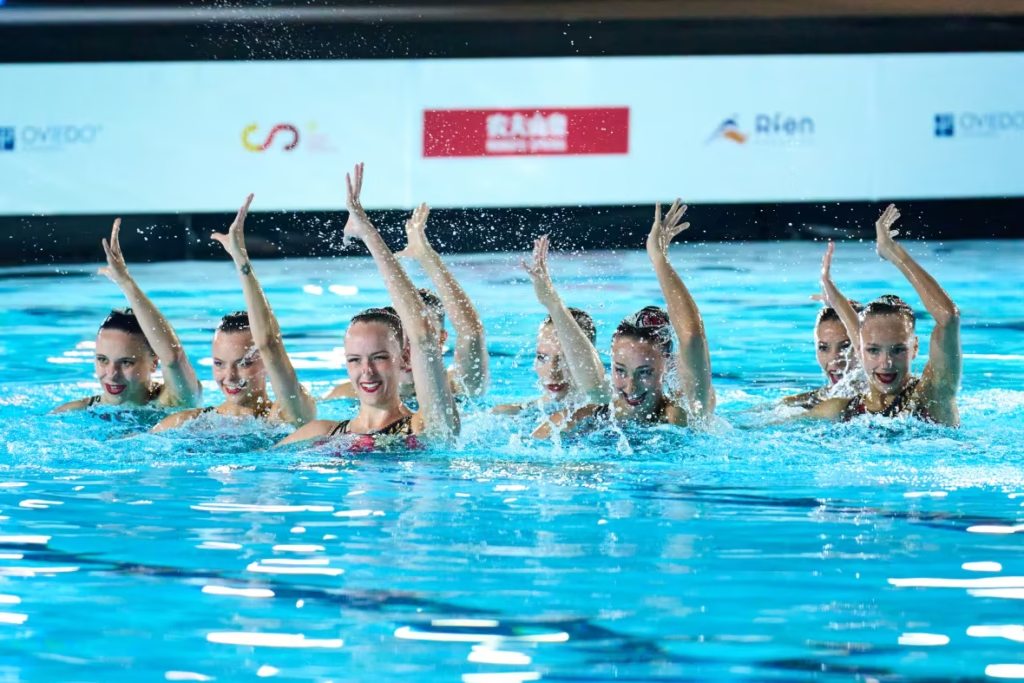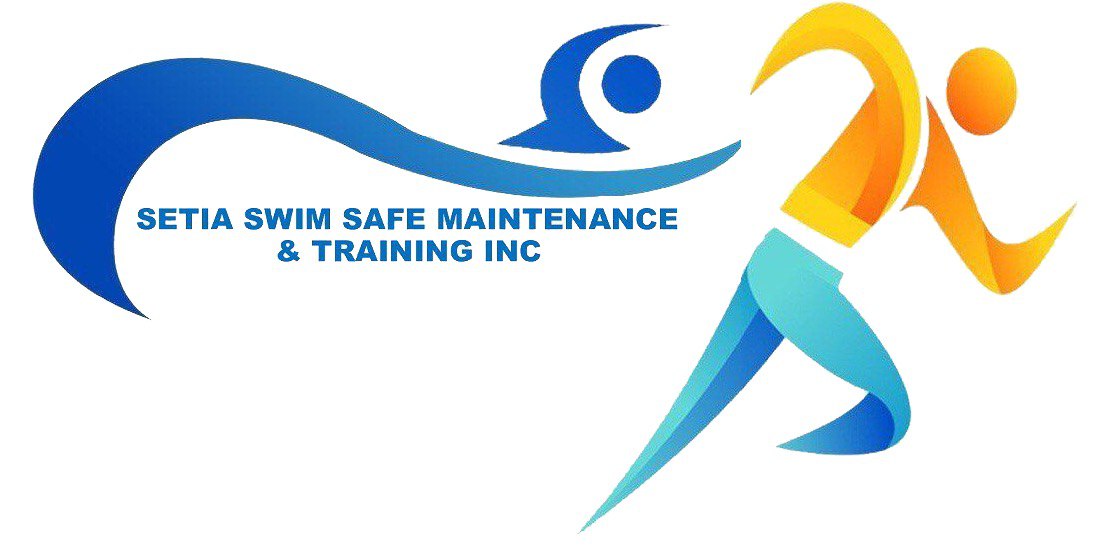
Swimming holds a unique and celebrated place in Canadian recreational culture and fitness trends. With the country’s abundance of lakes, rivers, and coastal waters, as well as its network of public pools, swimming is both a popular pastime and an integral part of Canada’s fitness landscape.
A Natural Fit for Canada’s Geography
Canada is home to over two million lakes, the most of any country in the world, along with extensive coastlines and rivers. This natural wealth of water bodies has ingrained swimming into the national culture. Whether it’s enjoying summer vacations at a lakeside cottage or participating in community swim events, Canadians often turn to swimming as a way to connect with nature, stay active, and socialize.
Seasonal activities also play a significant role. During summer, open-water swimming, beach outings, and water sports dominate recreational activities, while heated indoor pools keep the swimming tradition alive during the colder months.
Swimming as a Fitness Trend
As fitness trends evolve, swimming remains a steadfast choice for Canadians seeking a low-impact, full-body workout. Its accessibility for all ages and fitness levels makes it a cornerstone of personal and community wellness programs. Public pools across the country host lap swimming, aquafit classes, and swim lessons, catering to diverse needs.
With the rise of holistic fitness approaches, swimming has gained traction for its mental health benefits, including stress relief and improved mood. Many Canadians now integrate swimming into their routines to complement yoga, Pilates, and mindfulness practices.
Competitive Swimming and Community Spirit
Competitive swimming is another pillar of Canadian recreational culture. From grassroots programs to Olympic-level athletes, swimming clubs foster talent and community spirit. High-profile swimmers like Penny Oleksiak and Kylie Masse have inspired younger generations to take up the sport, contributing to its growth in popularity.
Local swim meets and triathlon events further promote community involvement, bringing together people of all ages and backgrounds to celebrate physical achievement and camaraderie.
Accessibility and Inclusivity
Canada’s focus on accessibility ensures swimming is a universal activity. Public pools often offer subsidized programs and adaptive swimming lessons for individuals with disabilities. Organizations like the Canadian Red Cross and Lifesaving Society promote water safety and swim education, ensuring that everyone can enjoy swimming safely and confidently.
The Impact of Technology and Trends
Technological advancements have also influenced swimming’s role in Canadian fitness culture. Wearable devices now allow swimmers to track metrics like lap counts, calories burned, and stroke efficiency, aligning with data-driven fitness trends. Additionally, the popularity of outdoor swimming has been bolstered by social media platforms showcasing Canada’s stunning natural swim spots.
Environmental Awareness
In recent years, swimming has intersected with environmental consciousness. Many Canadians use swimming as a way to engage with nature and advocate for the protection of lakes, rivers, and oceans. Swim-based events, such as charity swims or cleanup dives, highlight the importance of preserving these natural resources for future generations.
Conclusion
Swimming is deeply woven into the fabric of Canadian recreational culture and fitness trends. Its adaptability, inclusivity, and connection to the country’s geography make it a timeless activity that continues to evolve with modern fitness practices. Whether for leisure, competition, or environmental advocacy, swimming remains a cherished part of life in Canada.
